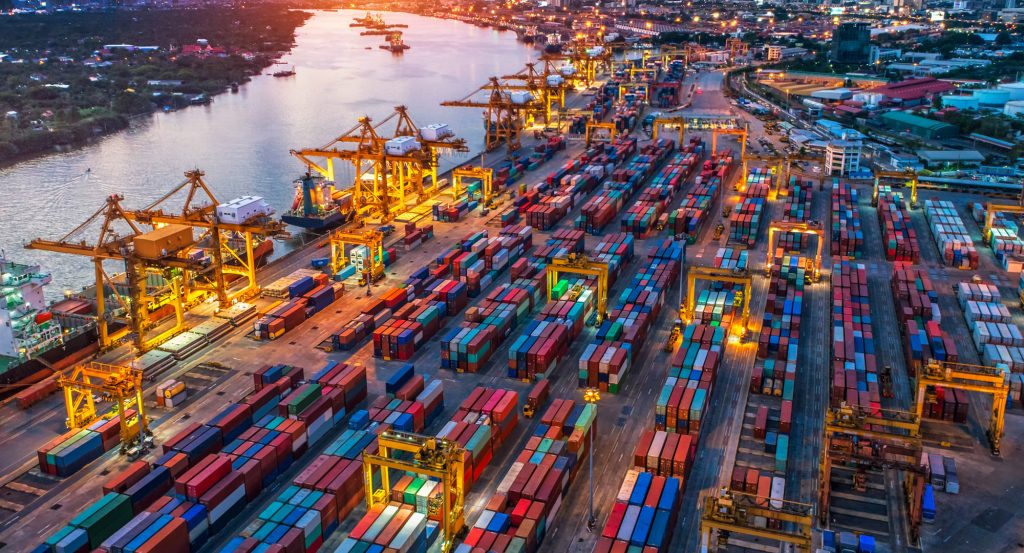Feeder capacity shortages are disrupting trade flows for both exports from Asia and imports to the region from the U.S. and Europe. Shippers are facing delays when securing space on routes connecting secondary ports to major transshipment hubs such as Singapore; Shanghai, Ningbo, Qingdao in China; and Port Klang in Malaysia.
It can now take up to four weeks to book space for Thailand and Indonesia, forwarders report. Even short-haul feeder services are being impacted. These delays are resulting in cargo rolls and increasing yard congestion at key ports.
According to CMA CGM, Singapore’s yard density has reached 85–90%, with 60,000 TEUs of transshipment cargo waiting at the port last week. This situation has forced Singapore’s terminal operator, PSA, to reject port-in/port-out (PIPO) containers to manage the overflow. There are at least two-day delays at all PSA Singapore terminals.
Bad weather, including three typhoons since mid-July, has worsened the situation. Shanghai is experiencing delays of two to three days at Waigaiqiao terminals and up to four days at Yangshan terminal. Meanwhile, Ningbo and Qingdao are seeing two to three-day berthing waits due to vessel bunching.
The disruption began in June, triggered by a surge in Southeast Asian exports ahead of U.S. tariff deadlines. Carriers are now being selective, prioritizing direct-lane U.S. exports, one U.S.-based forwarder observed.
Source: Journal of Commerce




